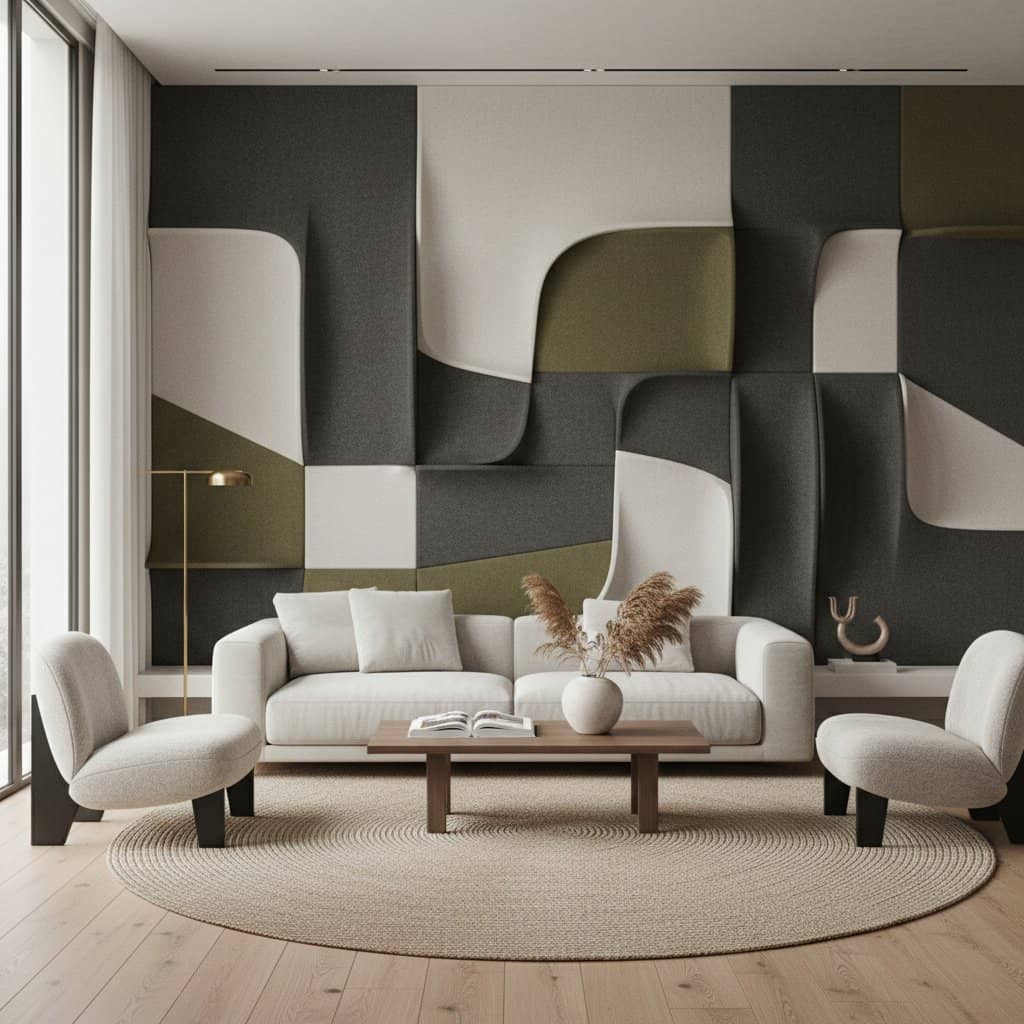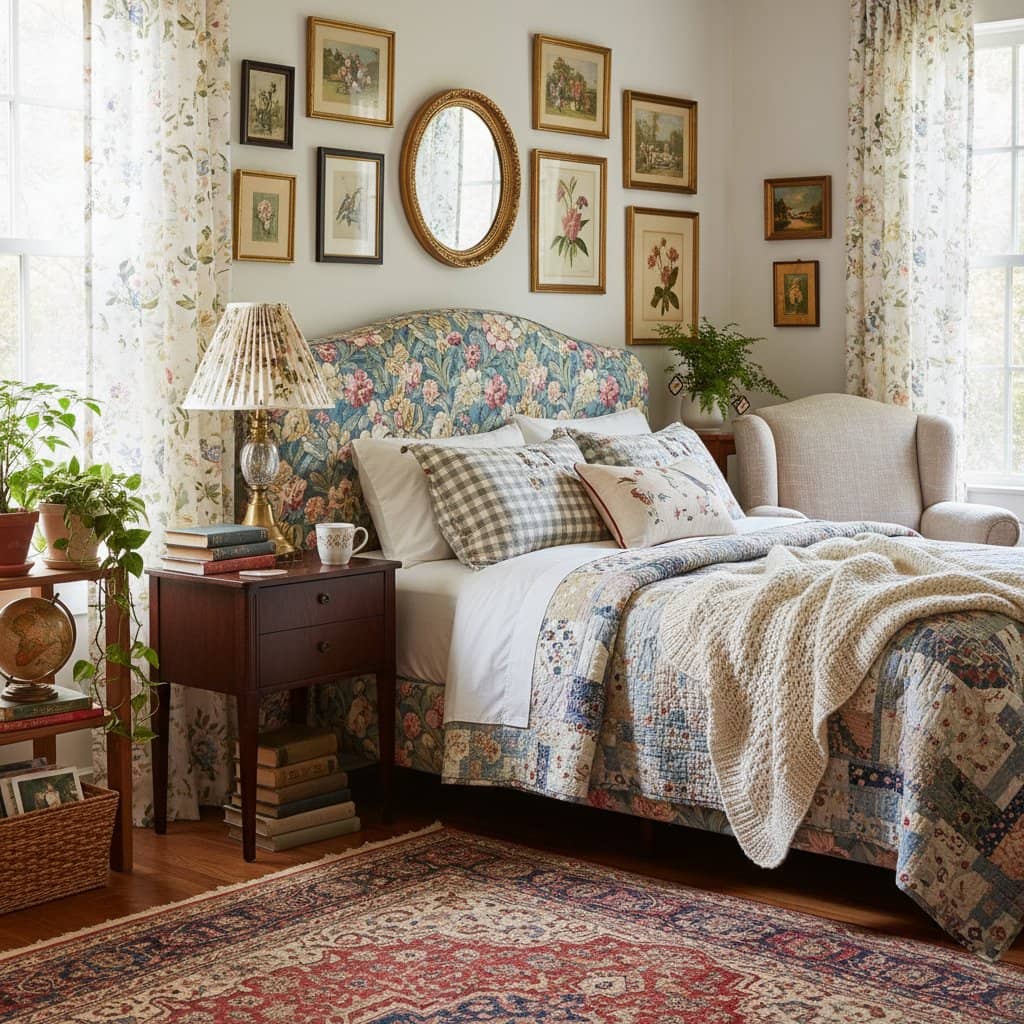Stylish Acoustic Panels: Soundproofing Hits Mainstream
Consider the moment when a blender activates during a work call, or when echoes in an empty living room distort every conversation. These instances highlight a space in need of acoustic improvement. Once confined to recording studios and home theaters, soundproofing solutions now integrate into daily interiors with notable aesthetic appeal. Stylish acoustic panels serve as wall art, headboards, and focal elements, reducing noise while enhancing visual design.
Why It Matters
Noise extends beyond mere annoyance; it disrupts focus, hinders rest, and creates unease in preferred areas. Modern acoustic panels address these issues with elegance and efficiency. They have evolved from plain gray forms concealed by drapery into sculpted, upholstered, and patterned elements that harmonize with residential aesthetics while mitigating auditory harshness.
These panels function like ambient lighting for sound perception. They soften reflections, converting reverberations into subtle tranquility. In apartments with adjacent walls or expansive open layouts that intensify footsteps, such panels contribute to a more serene environment.
Where Style Meets Silence
Design professionals recognize acoustic treatments as opportunities for decoration. Options now include woven textiles, wooden slats, felt mosaics, and repurposed materials shaped into geometric forms. Some resemble abstract paintings, while others emulate linen or suede textures for inviting warmth.
Among the leading choices are:
-
Textile-Wrapped Panels
These provide visual and tactile softness. Envision a wall covered in fabric squares of neutral hues that capture sound akin to theater drapes. They integrate into contemporary settings through grid or irregular arrangements. Users frequently overlook their utility, viewing them solely as deliberate decorative decisions. -
Wood Slat Panels
Popular in mid-century modern and Scandinavian designs, these consist of slim wooden strips affixed to sound-absorbing cores. The outcome combines structural interest with organic warmth. Slats diffuse audio waves and introduce dimension. Such elements demonstrate that acoustic control can possess refined appeal. -
Felt Wall Tiles
Available in varied forms like hexagons or undulating patterns, these tiles support color mixing for creative expression. Apply them across an entire surface or as accents near workstations or seating. This approach offers auditory relief alongside opportunities for individualized artistry. -
Printed Acoustic Art
Ideal for those seeking functionality without overt panel appearance, these feature images such as landscapes, abstracts, or tonal shifts. Observers perceive artwork, yet the pieces manage reflections discreetly. -
Ceiling Clouds and Baffles
Suspended above, these intercept sound prior to its proliferation. They prove effective in kitchens or dining zones with rigid surfaces that amplify clatter. Visually, they resemble elegant sculptures that facilitate smoother dialogue.
Everyday Benefits
The transition to aesthetic soundproofing surpasses mere hush; it fosters overall well-being. A moderated acoustic setting enhances dialogue clarity, enriches audio experiences, and promotes relaxation in routine activities. Notice how speech avoids rebounding during virtual meetings or how utensil sounds diminish at meals.
Flexibility represents another advantage. Modular designs permit incremental additions. Removable adhesives or lightweight frames enable rearrangement with shifting furnishings, delivering upgrades without extensive effort.
Installing with Intention
For acoustic enhancements, evaluate primary reflection zones. Expansive bare walls, lofty ceilings, and solid floors often exacerbate issues. Target these areas; targeted placements yield significant results.
In living areas, position panels opposite primary seating. Bedrooms benefit from coverage behind beds or facing windows to curb resonance. Home offices improve with applications behind desks or adjacent to audio sources. Overhead solutions suit open kitchens or corridors where noise propagates freely.
DIY enthusiasts appreciate self-adhesive or easily hung options from various manufacturers. Professionals can align panels with illumination and moldings for seamless incorporation. Regardless of method, auditory gains manifest promptly.
Design Tricks to Pair with Panels
Acoustic panels optimize within broader softening strategies. Integrate these supporting features:
- Rugs and Curtains: Textiles capture sound; multiple layers amplify absorption.
- Upholstered Furniture: Cushioned pieces curb reflections and enhance coziness.
- Plants: Substantial foliage serves as organic dispersers while introducing vitality.
- Bookcases: Loaded with volumes, they interrupt even surfaces and moderate audio subtly.
These combinations yield equilibrated soundscapes. Aim for tempered quietude that evokes comfort and habitation.
The New Language of Quiet Luxury
Traditional soundproofing prioritized utility alone. Contemporary versions align with quiet luxury, emphasizing sensory ease and deliberate nuances over ostentation. Sophisticated environments convey impact through subtlety.
Selecting acoustic panels extends beyond noise mitigation; it refines spatial sensation. Interactions, entertainment, and solitary moments gain fluidity. Guests sense an intangible enhancement, often commenting on the welcoming ambiance without pinpointing its source.
Living with Your Design
Post-installation, auditory perception shifts. Footfalls recede, appliance drones lessen, and voices resonate more fully. These refinements accumulate into profound tranquility.
Integrating Acoustic Panels into Your Space
To implement stylish soundproofing, select a problematic room as your starting point. Opt for panels aligning with your style, from sleek minimalism to textured organics. This method confirms that functional improvements enhance beauty, positioning acoustic elements as integral to serene, textured interiors.



